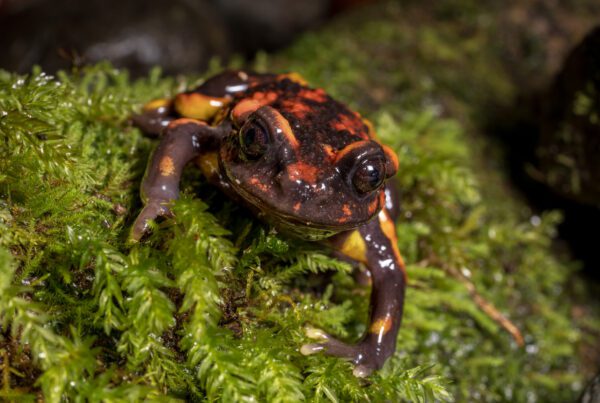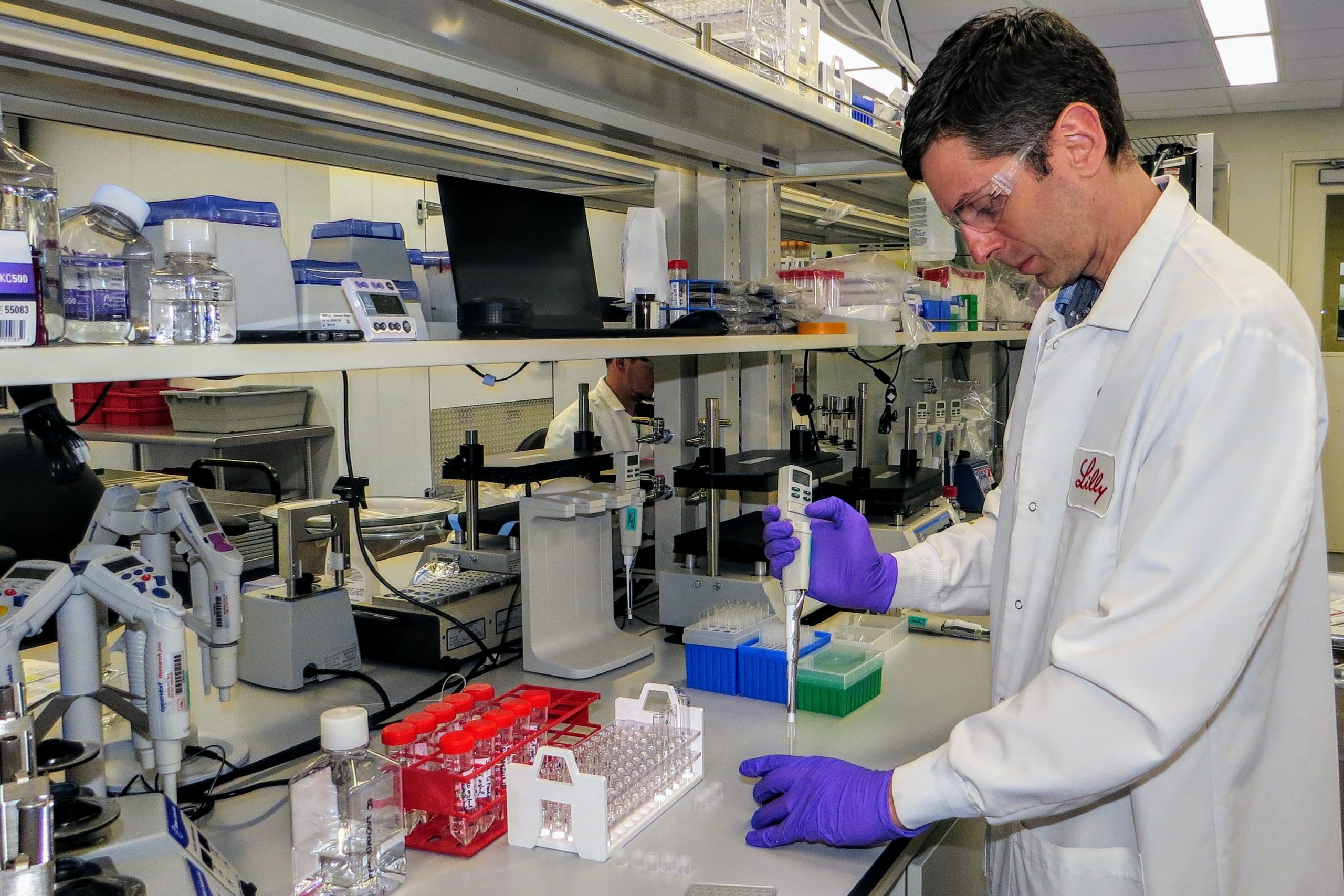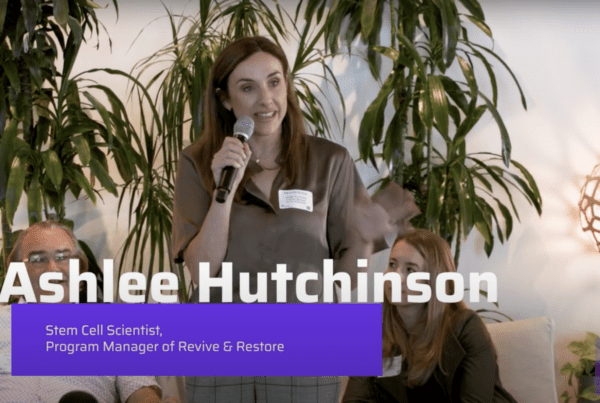On August 22, 2023, the U.S. Pharmacopeia (USP) announced a long-awaited new regulatory chapter, known as Chapter <86>, which provides guidance on endotoxin testing using recombinant Factor C (rFC), a synthetic alternative to blood cells extracted from endangered horseshoe crabs. rFC can be developed at scale and eliminates the need for harvesting (bleeding) horseshoe crabs. The chapter follows Revive & Restore’s science-based campaign highlighting the efficacy and safety of the recombinant product for endotoxin testing.
The horseshoe crab, one of the world’s oldest species, has faced major declines due to large-scale harvesting for their blood. Horseshoe crab blood contains a protein used in the manufacturing of vaccines and other injectable pharmaceuticals. In 2018, Revive & Restore co-founder and executive director Ryan Phelan, colleague Tom Maloney, and former Wilson Sonsini attorney Naira Simmons co-authored a peer-reviewed research article that confirmed the efficacy of rFC and found that the biomedical industry could achieve a 90-percent reduction in the use of reagents derived from horseshoe crabs by using the synthetic alternative—a huge step toward protecting horseshoe crab populations.
Chapter <86> allows manufacturers to use non-animal-derived reagents in addition to current methods for endotoxin testing, which is an important step in ensuring the safety and supply of biopharmaceutical products. USP announced the new standard following the formation of the USP Microbiology Expert Committee, which evaluated new guidelines for the synthetic alternative, rFC . The Chapter <86> announcement follows the state of Connecticut passing a bill to prohibit the harvesting of horseshoe crabs earlier this year.
Chapter <86> will be open for a comment period from November 1, 2023, through January 31, 2024, and will go into effect on May 1, 2024. In addition to preserving horseshoe crab species, the new standard will enable manufacturers and pharmaceutical companies that adopt rFC to more easily meet their environmental, social, and corporate governance (ESG) goals and avoid the use of animal products.
For the past 10 years, Wilson Sonsini has partnered with Revive & Restore on a pro bono basis to provide legal guidance on promoting the incorporation of biotechnologies into standard conservation practice. Spearheaded by partner Vern Norviel, the partnership has made major strides to enhance biodiversity and protect endangered species.
For more information on Chapter <86>, see the UPS press release.
Watch this explanatory video: Dr. Jay Bolden, Director at Eli Lilly, explains endotoxin testing and how his company embraces and promotes synthetic alternatives to horseshoe crab blood. Recorded for a Long Now Foundation seminar.
More news from Revive & Restore







